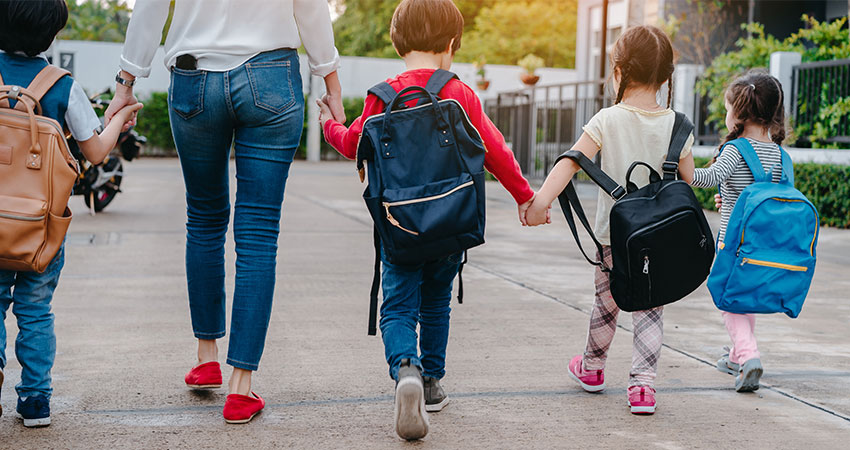More than a third of U.S. consumers said they plan to cut back on other spending in order to be able to shop for back-to-school items due to ongoing inflation concerns, according to the annual survey from Prosper Insights & Analytics commissioned by the National Retail Federation.
Also, the trend continued to shop early for both primary and college students, with more than half of respondents (56%) saying they had begun back-to-school purchases as of early July. Still, 85% of consumers said they had more than half of their back-to-school shopping remaining.
“Families consider back-to-school and college items as an essential category, and they are taking whatever steps they can, including cutting back on discretionary spending, shopping sales and buying store- or off-brand items, in order to purchase what they need for the upcoming school year,” said NRF President and CEO Matthew Shay.
Total spending for elementary through high school is expected to level off in 2022 at $37 billion, after gaining 6.5% last year, NRF reported. Average spending per family is projected to hit $864, up slightly from $849 last year. For college students, the comparable figures are $74 billion, up from $71 billion, with the per-family average outlay flat at $1,200.
Compared to the pre-pandemic year of 2019, back-to-school spending for K-12 is projected to increase $11 billion, with a per-family bump of $168, while rising $19 billion for college shopping with the average per family up $223, according to NRF.
This past week was a heavy one for back-to-school, the survey found, with 81% of respondents saying they planned to shop in that time, with 62% saying they would hit up Prime Day (July 12-13). Others said they’d shop online deals (31%) or store deals (20%) at other retailers.
Not surprisingly, the impact of inflation – at 9.1% for June – has been noticed, with 68% of polled consumers saying they’ve seen higher prices on back-to-school items, with clothing and accessories and school supplies the hardest hit.
The survey of 7,830 consumers was conducted June 30-July 7, with a margin of error of plus or minus 1.1 percentage points.

